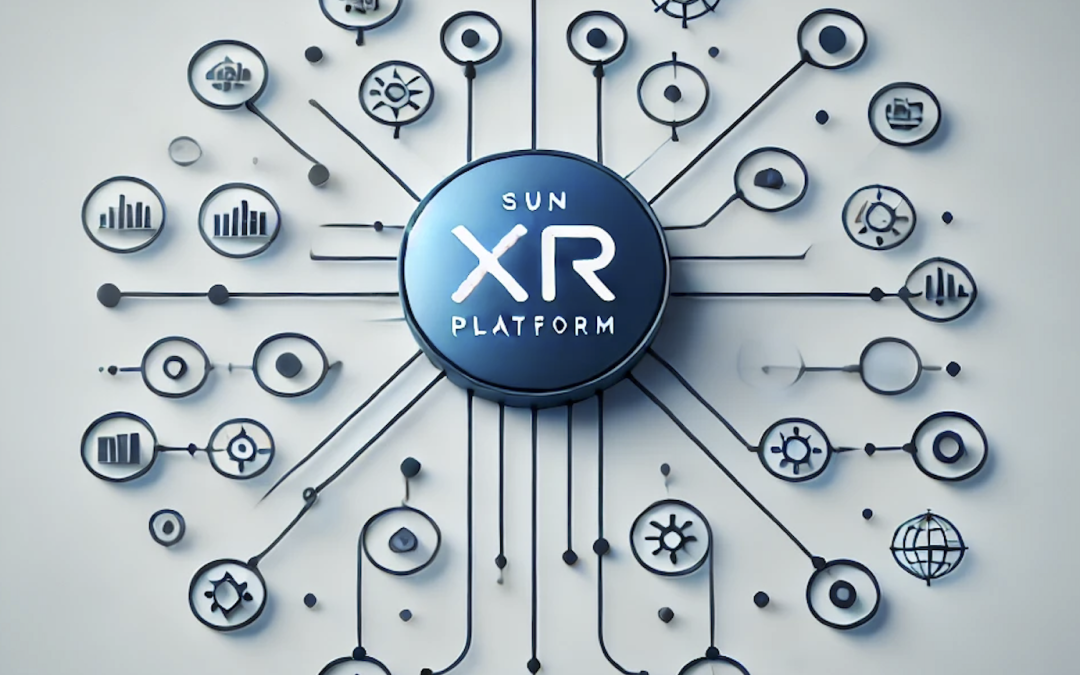While the SUN project aims to go beyond the technological capabilities of today’s XR technologies, its ambitious impact to the sector and society as a whole can only be achieved when the results are successfully transferred to the market and further research activities. This is why the project has already started to develop its exploitation plan.
The initial analysis of the state of the market in 2024 revealed that XR is one of the fields expected to continue its strong growth over the next couple of years. While gaming and entertainment applications are currently the main drivers of growth, it is expected that Business (B2B) solutions will play a much larger role in the next few years. An important trend observed has been the introduction of smaller and more comfortable XR devices. This, coupled with the developments in software applications and connectivity (such as the underlying technological advancements researched in SUN), is expected to support the growing adoption of XR in different sectors and domains. Healthcare (addressed by SUN Pilot 1), manufacturing (also addressed by SUN Pilot 2), and the automotive industry are expected to be among the most disrupted by XR technologies. This demonstrates that the SUN approach is perfectly aligned with the most important and impactful market trends.
IN2 noticed first-hand the trends mentioned before at this year’s Mobile World Congress. There, XR played a big role, with many new entrants to the market, coming from both large established market players (like Samsung, AWS) and small start-ups and spin-offs. Apart from hardware and headset providers, an important segment of the market is represented by developers and integrators. This is important for SUN because a key value proposition of the project is the integrated and secure SUN XR platform which will contain all the different SUN components and key exploitable outcomes, orchestrated according to the SUN reference architecture and principles. The platform is envisioned to be open for different types of actors:
- Integrators and consultants, who will provide solutions to customers
- XR Content producers, who will create assets to be used in the XR applications
- Software component creators (e.g. developers and researchers), who maintain existing components or provide new ones.
- Hardware providers (e.g. actuators, headsets), who provide the different hardware devices that are used by the platform
In a future blog post we will look in more detail at the SUN platform. Stay tuned !

